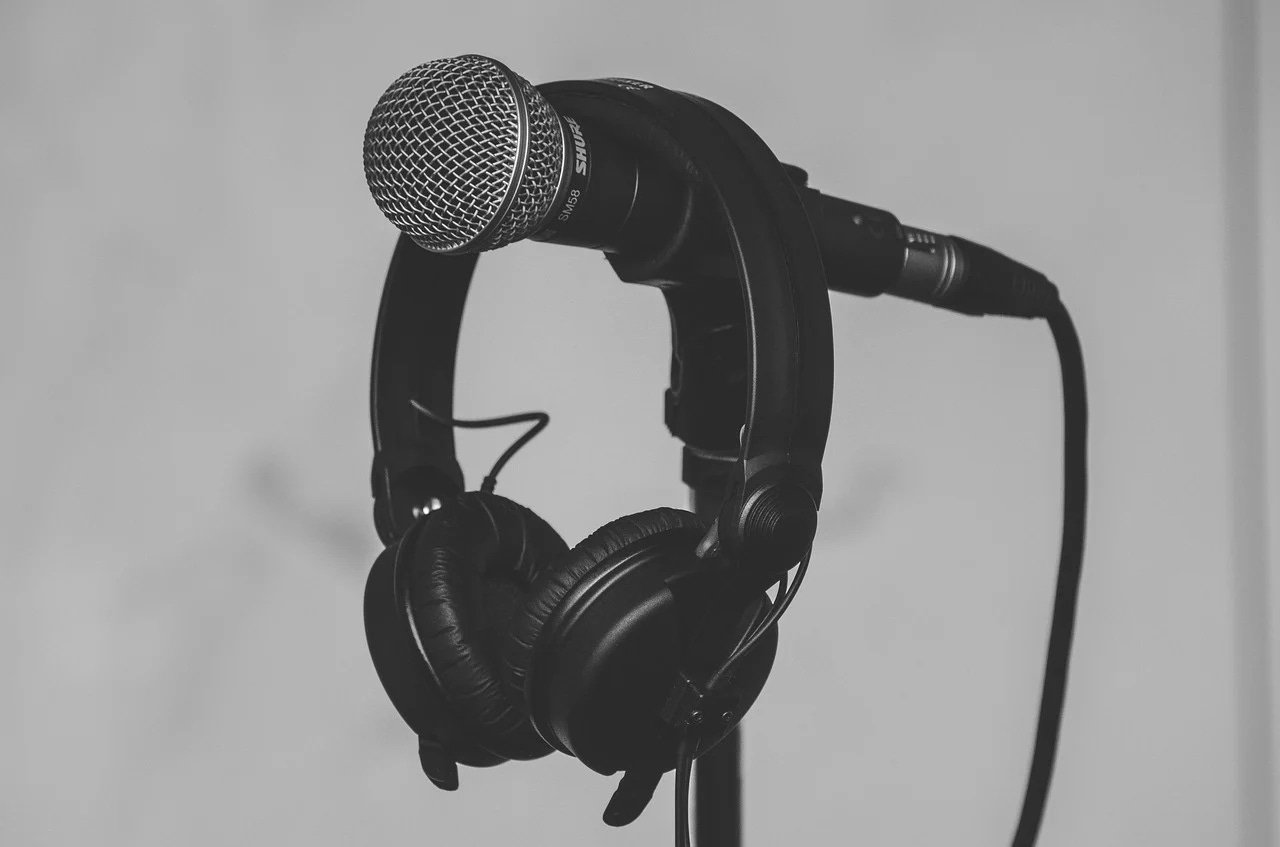Tone Policing and the Diversion to a Different Sound
To kick off the column with a current DEI topic, let’s jump away from the typical starting points (microaggressions, what is diversity, and similar) and jump right into a topic that happens often in conversation.
Well, maybe if you just said it a different way. Many people in academia, and most other spaces, have heard some variation of this phrase.
Essentially, this centers on the need to adapt and change in some way so that the recipient of the words will feel more comfortable. This feels like a variation on the what was she wearing question that usually accompanies sexual assault and places the blame squarely on the victim not the perpetrator.
The question is, though, what is tone policing? How do I identify it?
Tone policing is a diversionary tactic used to shift the focus of a conversation off of the content being delivered and onto the perceived emotions or the delivery of the individual. Sometimes as the recipient of tone policing efforts, it’s easiest to recognize how it feels.
The general message conveyed through tone policing is if I had only conveyed the message in a different way, I would have done a more effective job at “getting my message across.” This can easily be re-framed into recognition of how looking, sounding, or being perceived differently would have made the point better.
Where might someone experience tone policing? In a quick Google search for tone policing, the following related searches showed up including - romantic relationships, academia, marriage, disability, parents, and others. When I hear it, it’s usually in the form of “Rachel, you’re being too emotional about this” or “I just can’t talk to you when you’re like this.” Usually these are in conversations about sexism, inherent biases, or anything to do with age. Others may hear these along the lines of the “angry black woman” stereotype. When invalidating emotions, tone policing has the same connotation as policing - it’s enforcing how someone is allowed to feel or respond to a given situation. Importantly, it’s not up to anyone how someone emotionally responds or how they think about a situation. Basically, you can’t tell someone how to feel or think about something that happened.
Tone policing is a barrier to many conversations about important issues, particularly those for individuals experiencing inequities, structural barriers, and any variety of -ism (sexism, racism, ageism, and others). This halts and invalidates DEI efforts, and in particular, anti-racism efforts as it works to discredit individuals’ lived experiences, messages, and conversation. This discredit happens through that shift of the focus from the content to the delivery. This is an ad hominem attack on the individual, not the topic being discussed. Even in the dictionary.com definition, it is described as how “tone policing can silence the narratives of oppressed populations.”
Importantly, tone policing is different than simply being professional. While professionalism is often grounded in codified behaviors that are a topic for a different day, tone policing can be strategic or layered in implicit biases. The listener can, even without obvious decision-making, use tone policing to center the blame on someone conveying a situation (it was how you said it - you did something wrong) or during an active conversation (you’re being hysterical; I can’t engage with you when you’re like this). These are common in both in-person/synchronous discussions as well as rampant online.
Business Insider provides three simple guidelines:
Recognition is vital.
Don’t invalidate emotions.
Normalize the expression of anger and other emotions.
Questions for Reflection:
Am I suggesting the speaker change the way they present their information in order to be taken seriously?
If the same content was presented by a person who looked differently or had different unchangeable characteristics, would that matter?
Is the response focused on the substance of the conversation or the way the speaker is delivering their message?
If someone tries to derail the conversation into how it’s being delivered, how can I now shift the conversation back to the content and the message?
For further reading:
Tone Policing: What Is It and Why Does the Internet Dislike It? 2019. Grammarly. https://www.grammarly.com/blog/tone-policing/
How to Identify Tone Policing in the Workplace and Help Stop It. 2020. Business Insider. https://www.businessinsider.com/how-to-identify-and-help-stop-tone-policing-in-workplace-2020-8
Racism 101: Enough with the ‘Angry Black Woman’ Stereotypes. Let’s Talk About Tone Policing. 2021. LAist. https://laist.com/news/racism-101-lets-talk-about-tone-policing




